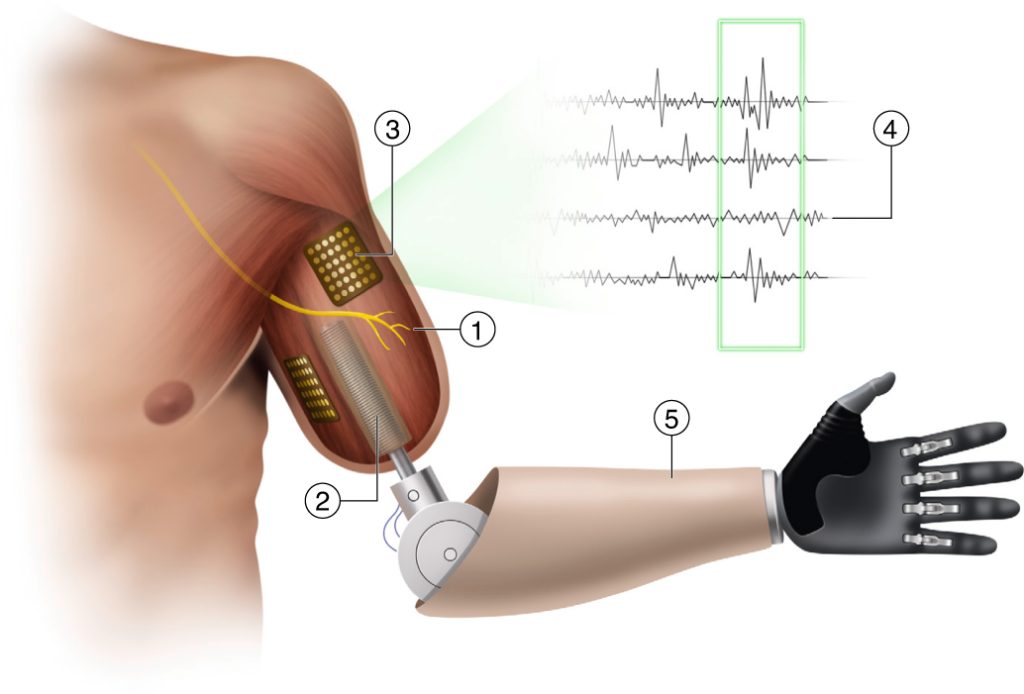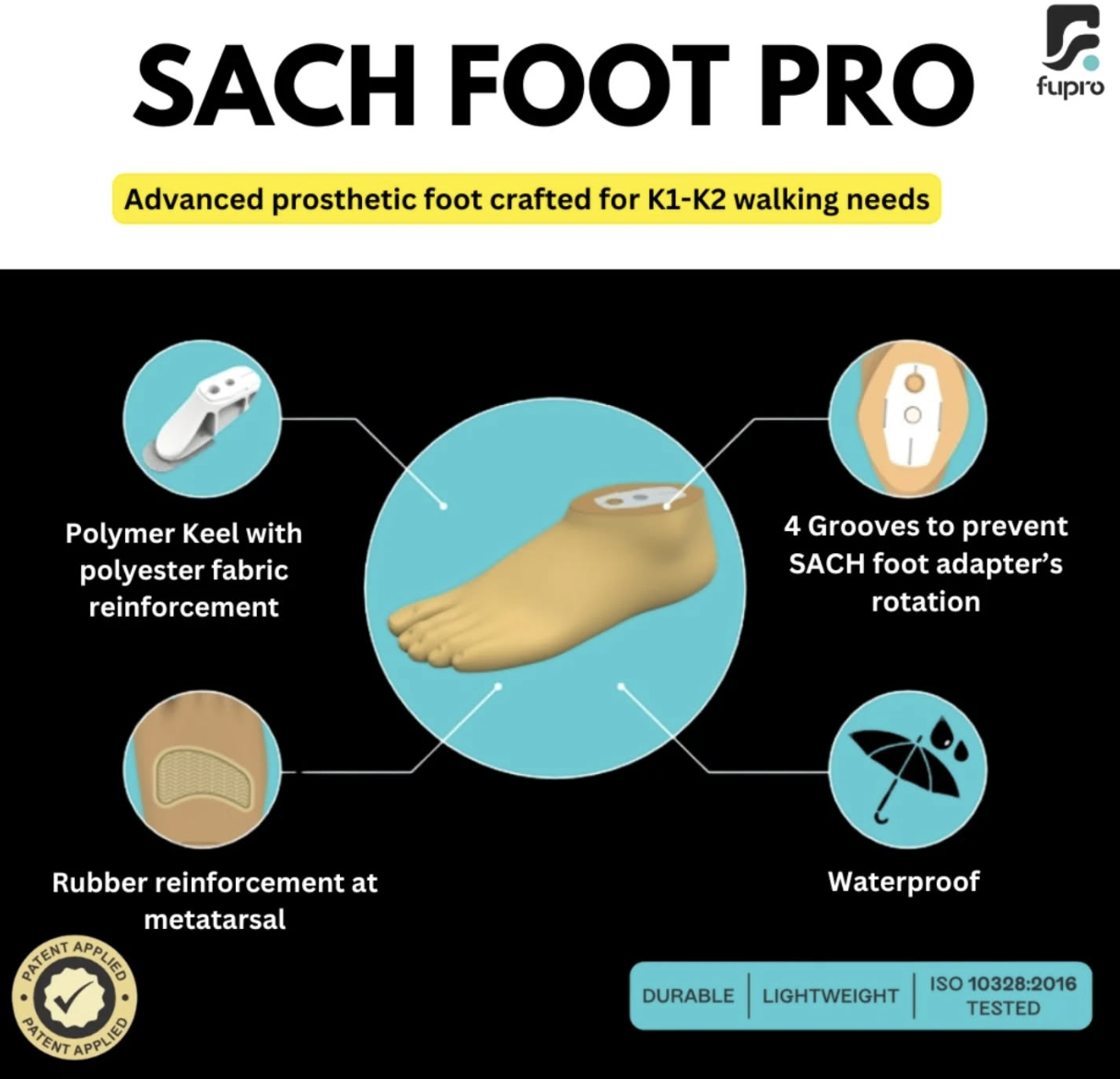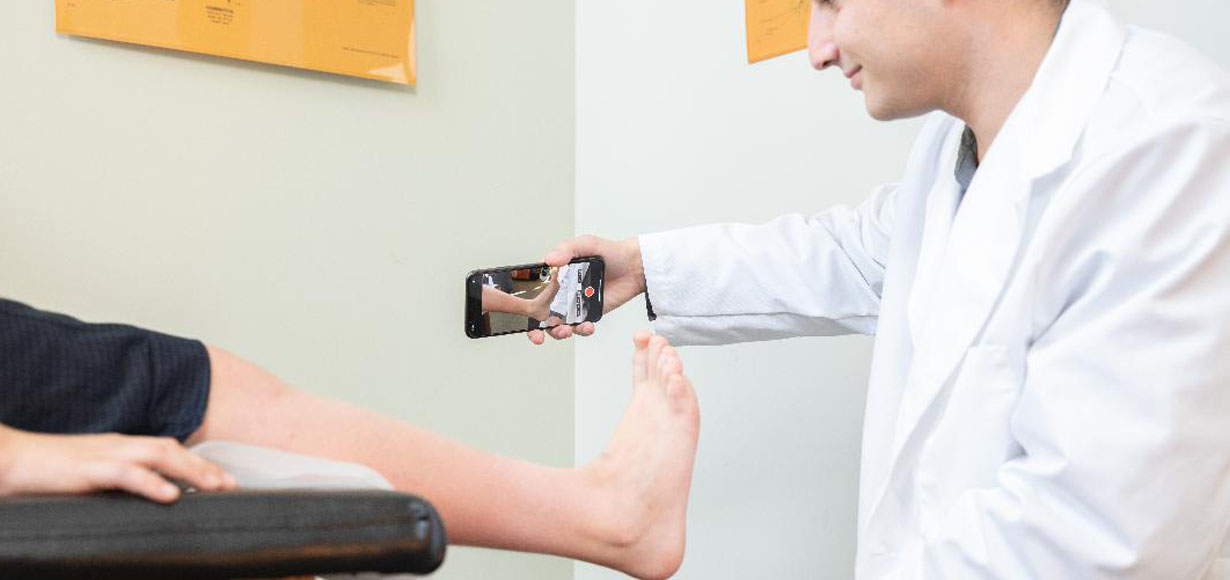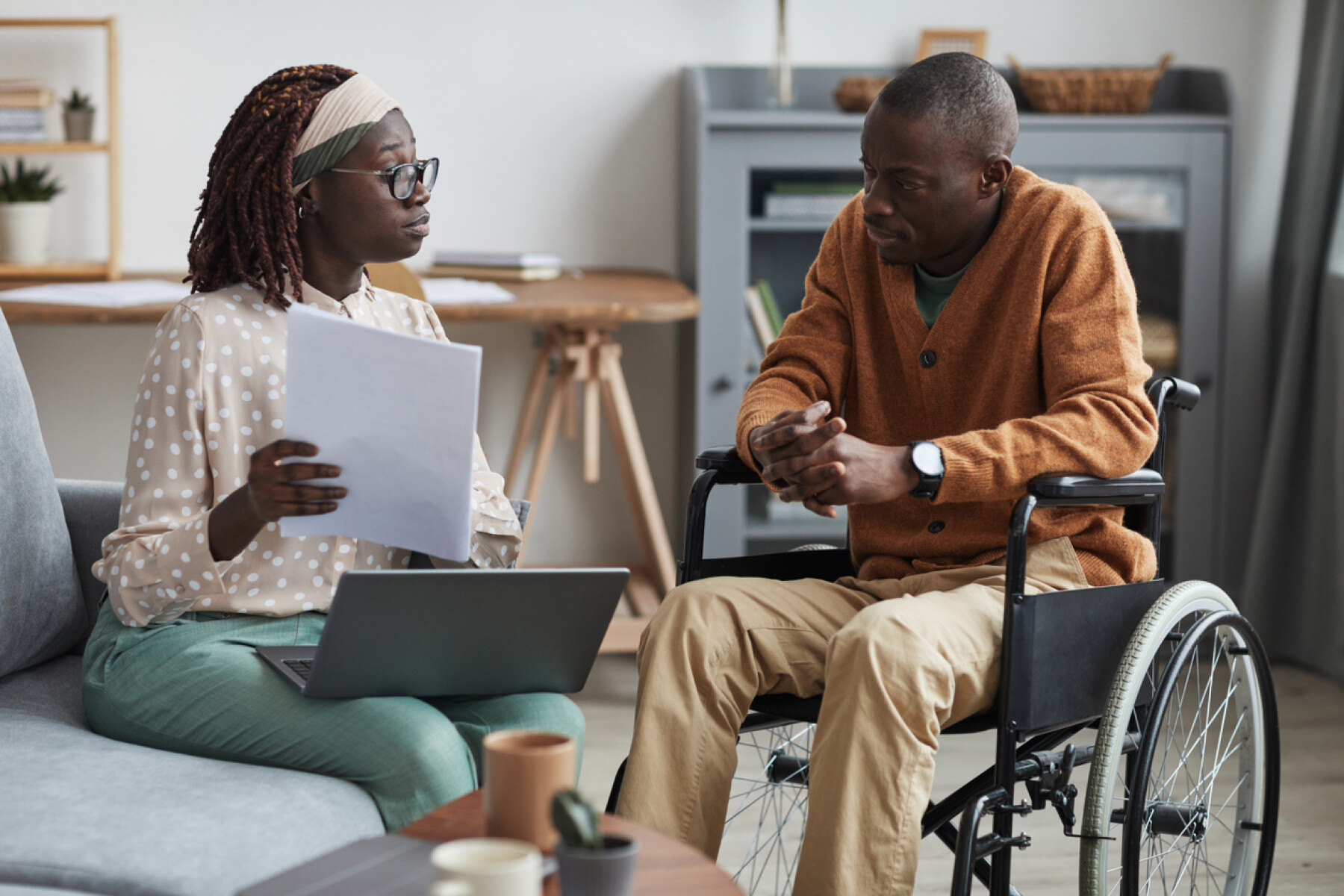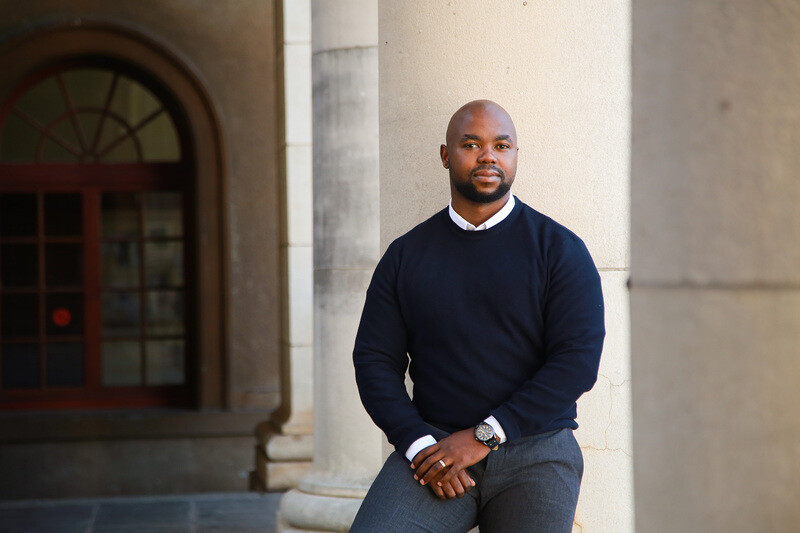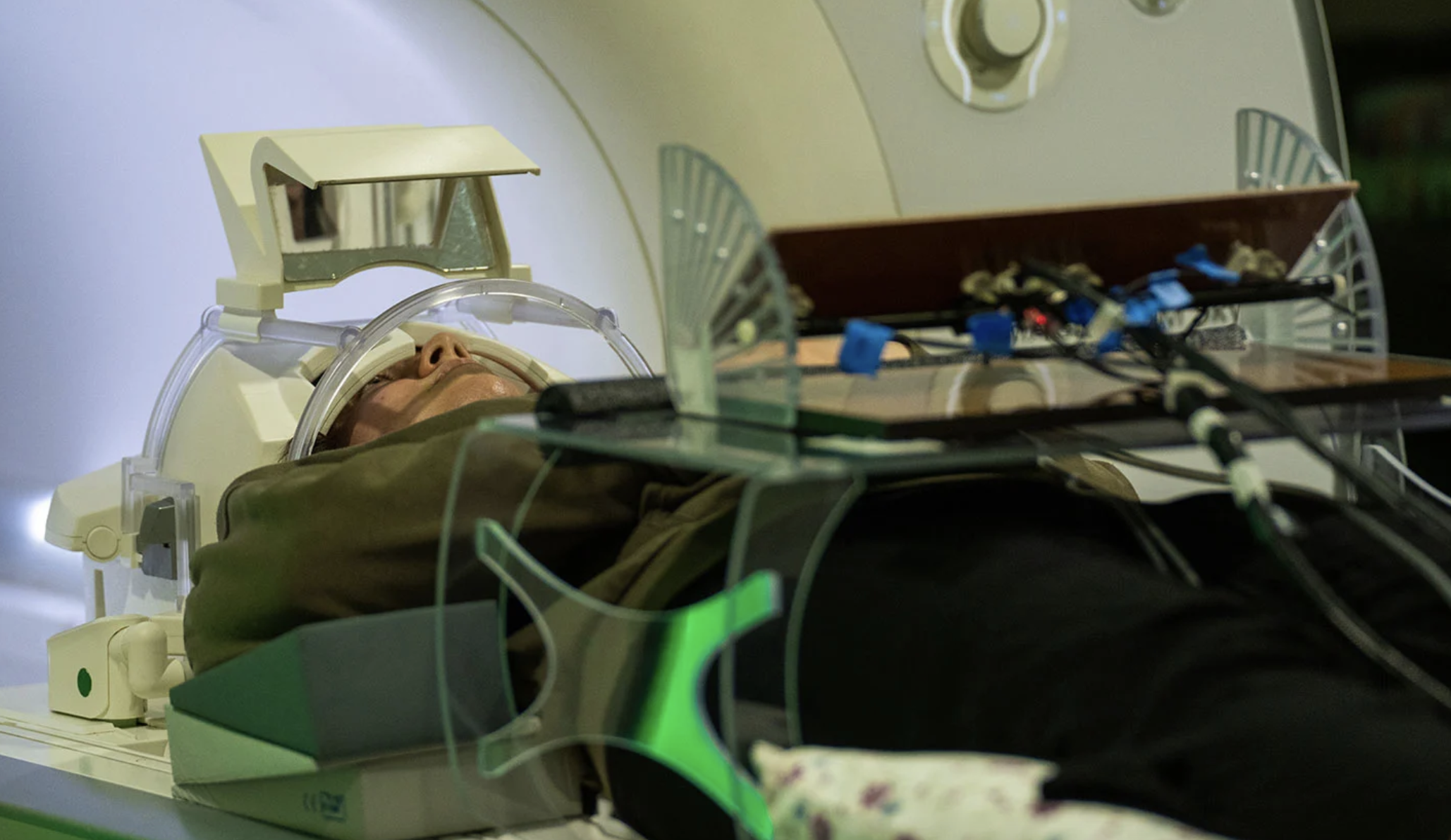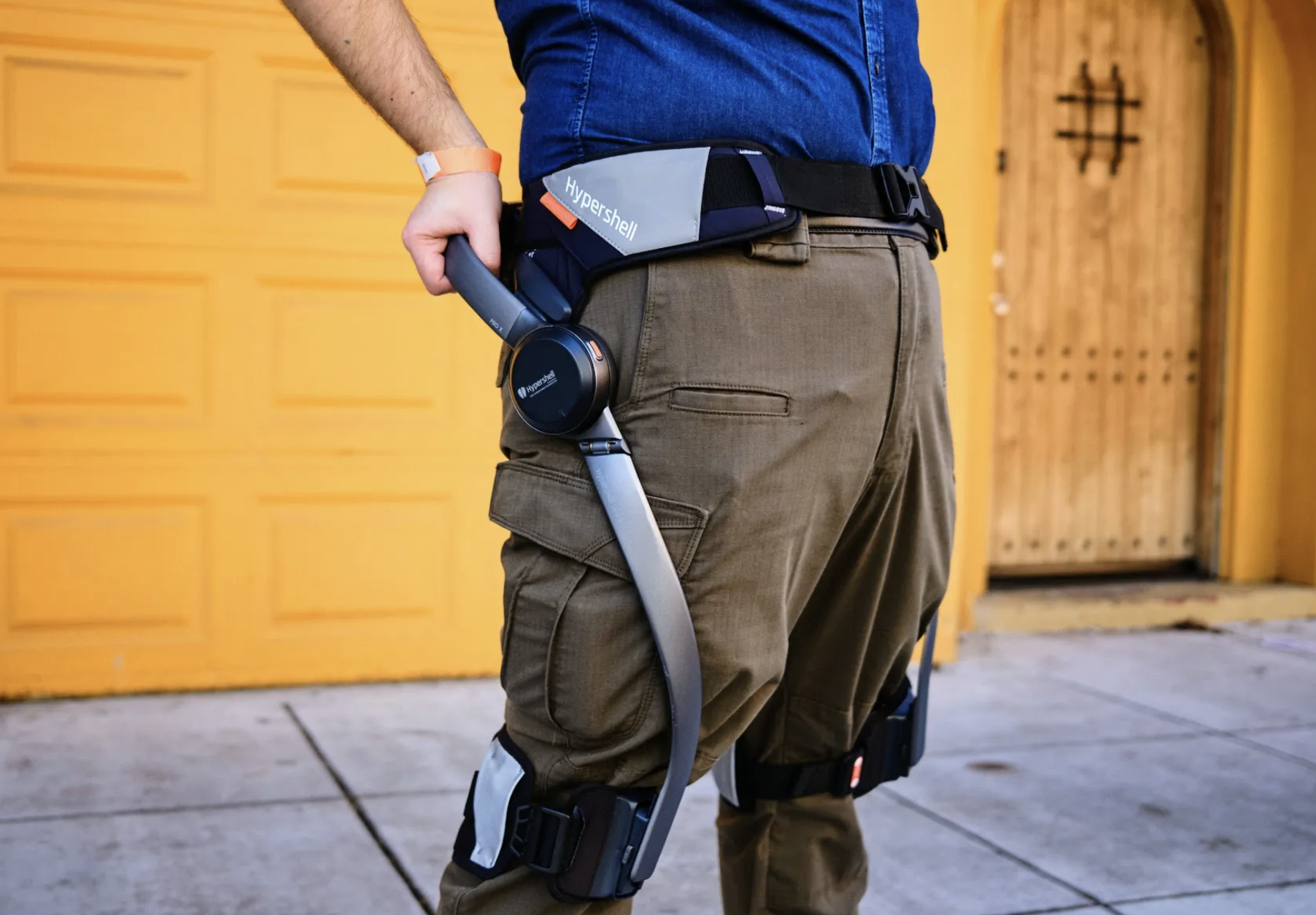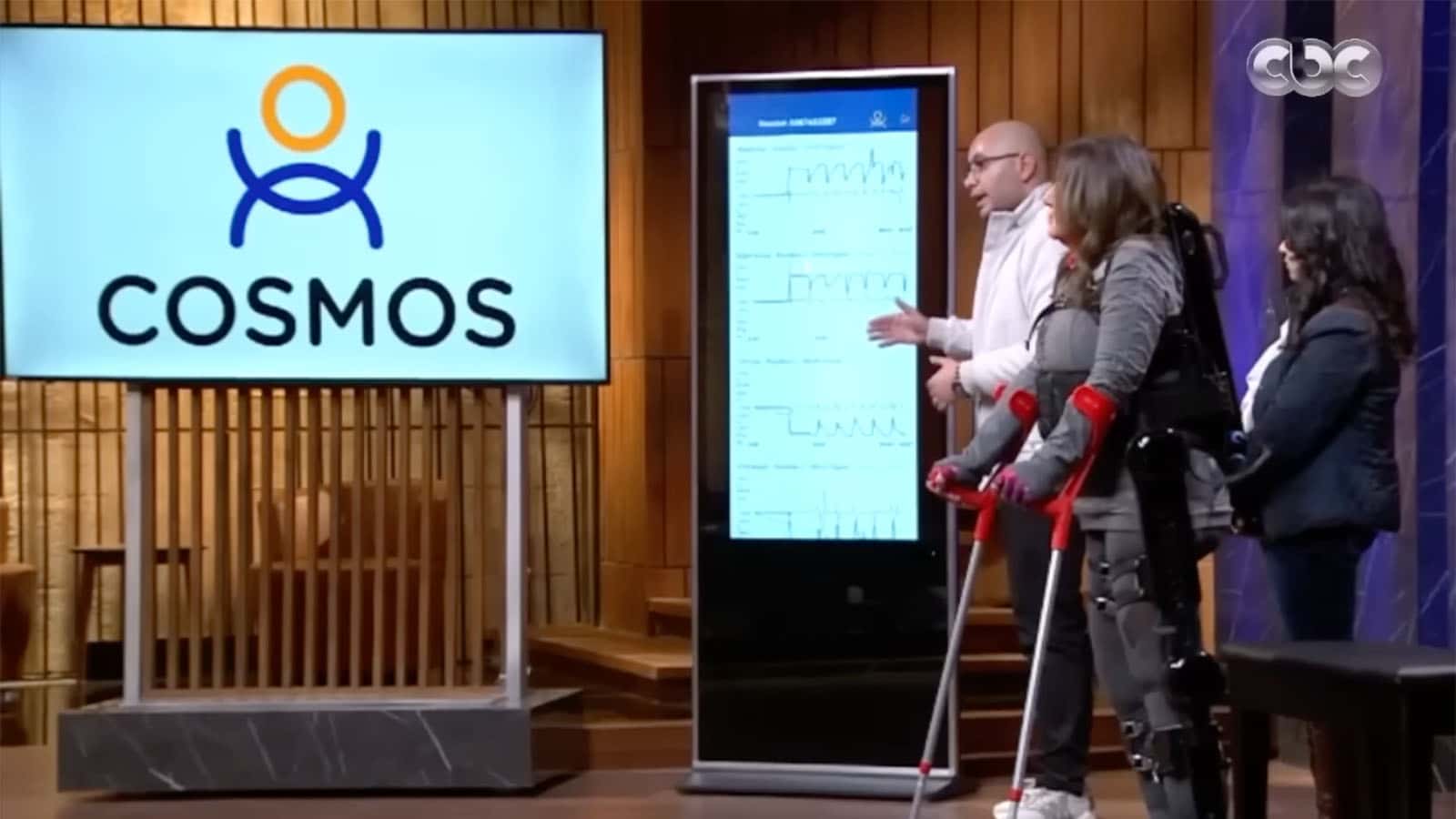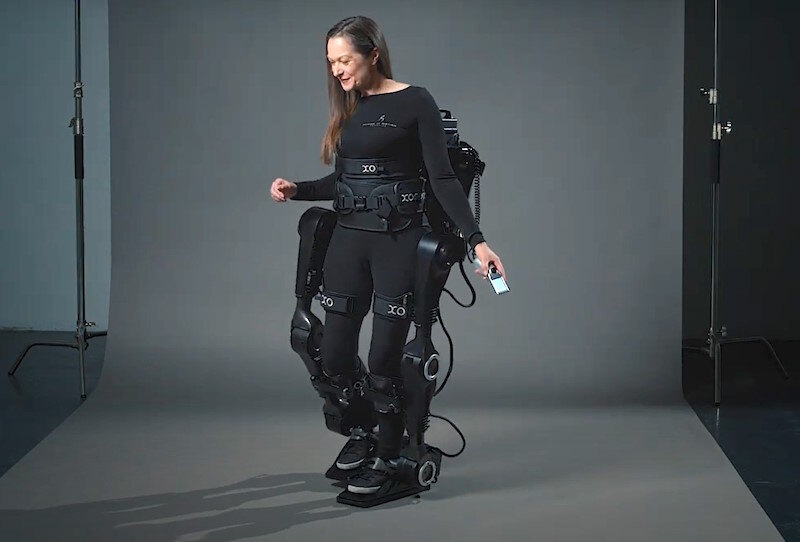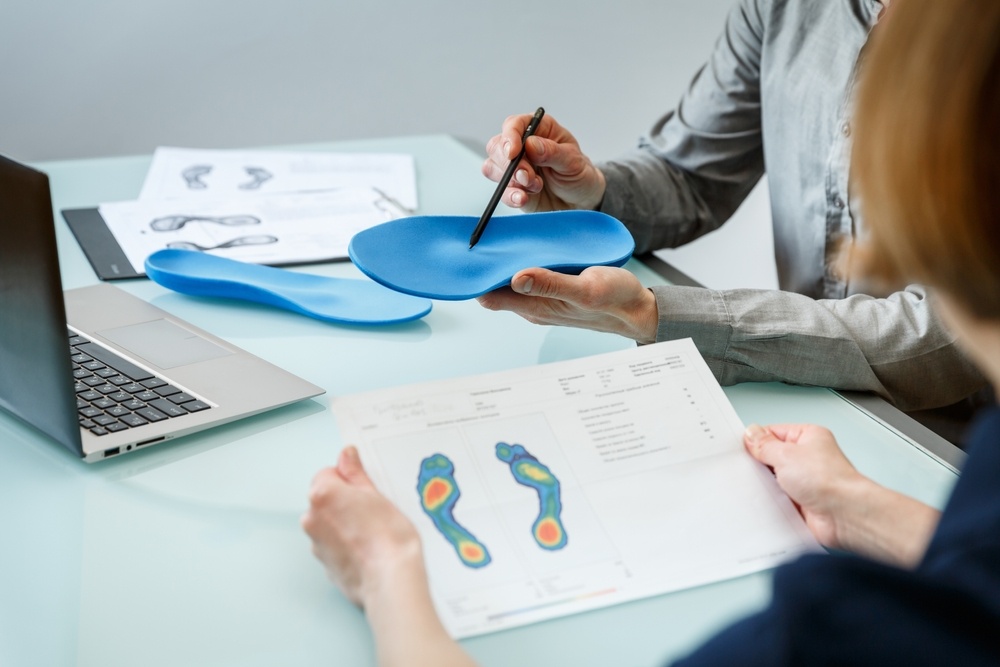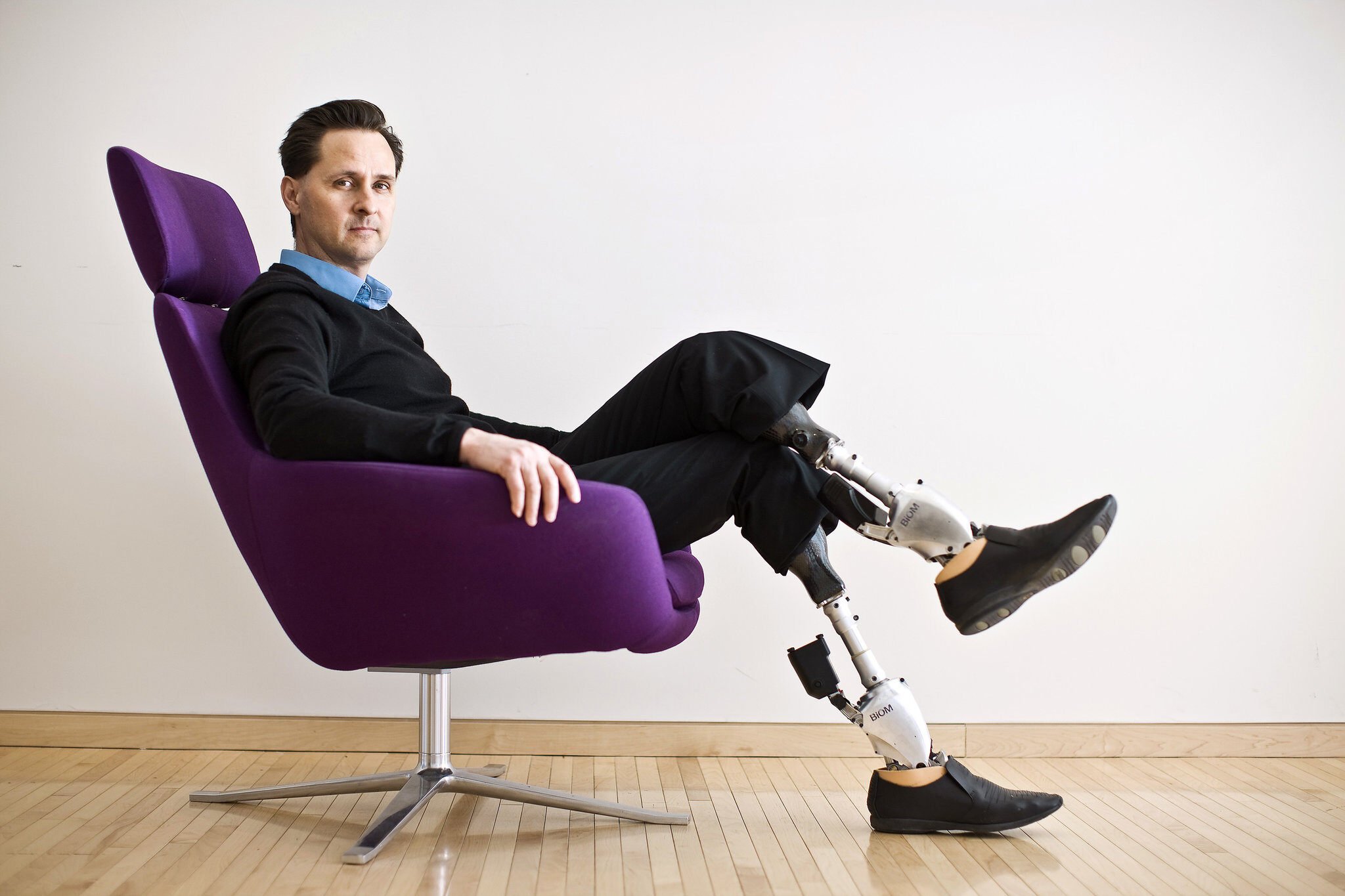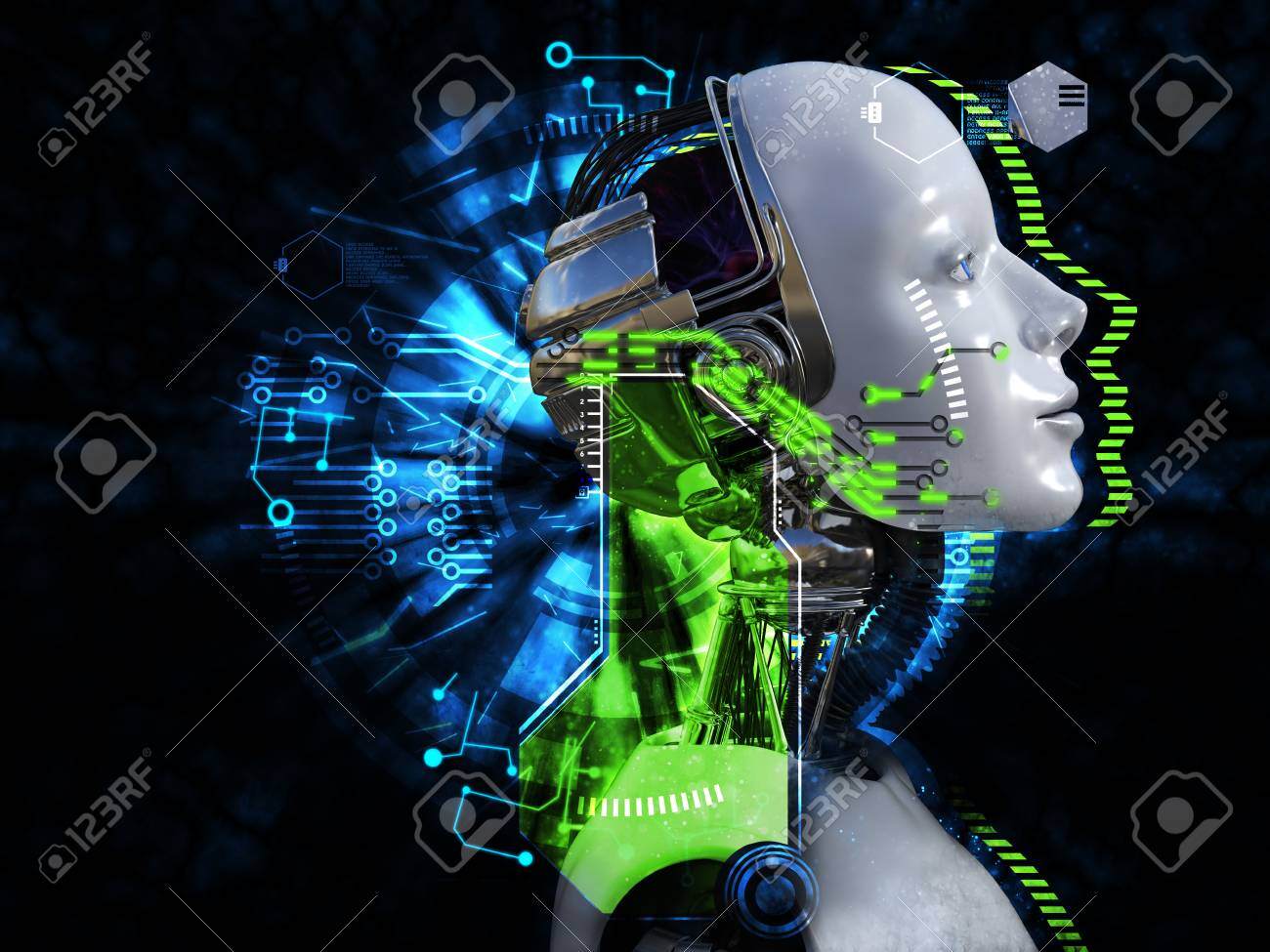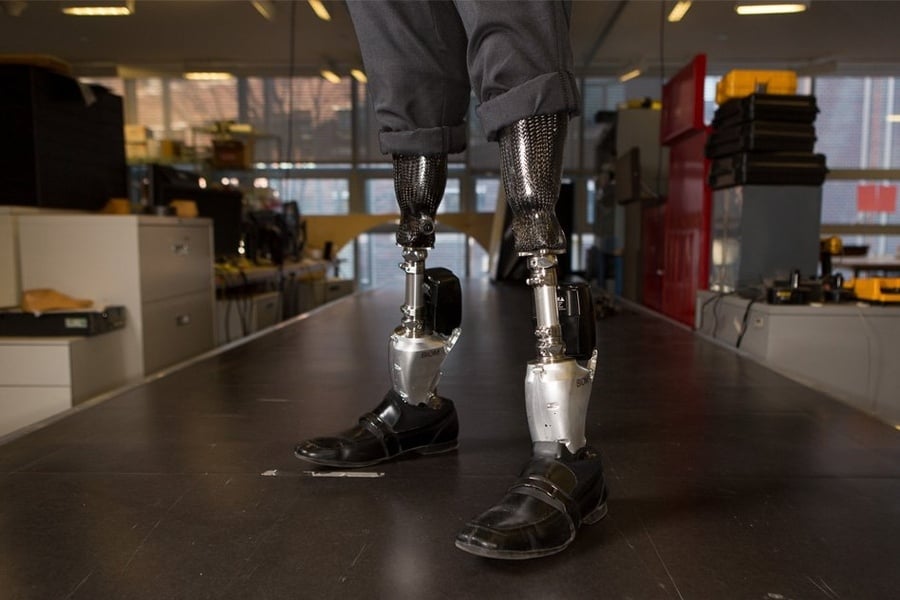When someone loses a limb, it is very difficult for them to live their life the same way. There are a number of lifestyle changes that need to be made in order to make up for the loss of function and mobility of their natural limbs. Lower-leg amputees face unique challenges, from limited movement to reliance on prosthetic limbs that may not offer the same flexibility and comfort as a natural leg. Traditional prosthetics, while capable of restoring some functionality, often result in stiff, unnatural movements. The need for better solutions has driven research into brain-linked prosthetics, which provide more dynamic, intuitive movement. These innovations allow amputees to regain their movement and improve their quality of life.
Recent advancements in brain-linked prosthetics have introduced a breakthrough approach that leverages the body’s own nervous system. A study conducted at the Massachusetts Institute of Technology (MIT) and published in Nature Medicine details how these prosthetics are connected to neural pathways, enabling amputees to control the prosthetic limb with their thoughts, much like they would with a biological leg. This study showed that neural-linked prosthetics significantly improve gait and movement, allowing amputees to walk more fluidly. Users were able to walk in a more natural manner, climbing stairs and navigating obstacles with greater ease than with traditional prosthetics.
Dr. Hugh Herr, co-senior author of the study and double amputee, helped develop a surgical procedure called agonistic-antagonistic myoneural interface (AMI) in which nerve endings from healthy muscle are attached to computer chips that translate muscle activity into movement of the limbs. To test the effectiveness of this technique, researchers “compared seven people who had the AMI surgery with seven who had traditional below-the-knee amputations,” writes Anne Trafton of MIT News. Those who had obtained the AMI surgery had much better gait and movement control than those who underwent traditional prosthetic operations. These promising results prove the validity of AMI.
AMI requires two surgical procedures. The first procedure happens during the amputation itself or later. Doctors preserve and reattach remnants of calf and shin muscles, which enables the prosthetic to move more dynamically. The severed nerves are rerouted to the healthy muscle tissue, allowing brain signals to be sent to the leg and, therefore, the prosthetic. The next step is to attach surface electrodes to the nerve endings of the remaining muscle to “measure nerve activity from the brain to the calf and shin muscles, indicating an intention to move the lower leg,” says Sarah Ward of MIT Technology Review. A small computer in the bionic leg “decodes those nerve signals and moves the leg accordingly, allowing the patient to move the limb more naturally.” After this step is completed, the brain is fully connected to the bionic limb.
One of the key advantages of neural-linked prosthetics is their ability to restore proprioception, the body’s awareness of the position and movement of its parts. Traditional prosthetics often leave users without this sense, leading to unbalanced movements and additional strain on other parts of the body. Brain-controlled prosthetics send feedback from the limb to the brain, allowing the user to adjust their movement in real time. This feedback loop mimics the natural communication between the brain and biological limbs, providing users with greater control and comfort. This technology allows for fast, smooth communication between the brain and the prosthetic, allowing for movement better aligned with intentions that avoid the physical complications and discomfort of traditional prosthetic limbs.
The participants of this study who received the AMI procedure noticed great improvement in their walking and regained a sense of normalcy and independence that they lost when they initially lost their legs. There are already 60 individuals who have had this procedure done and further development hopes to make similar improvements to prosthetic arms in the future.
